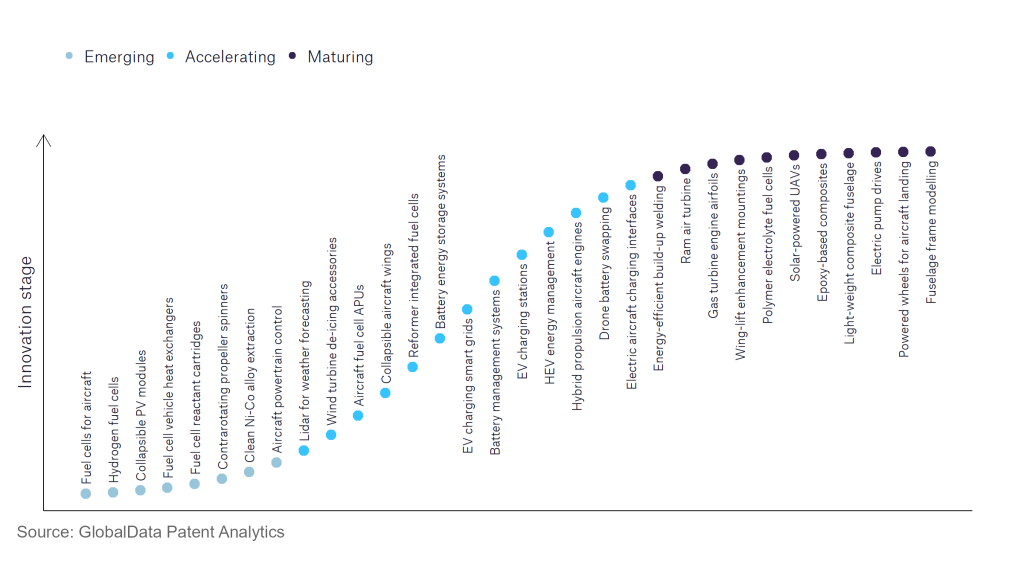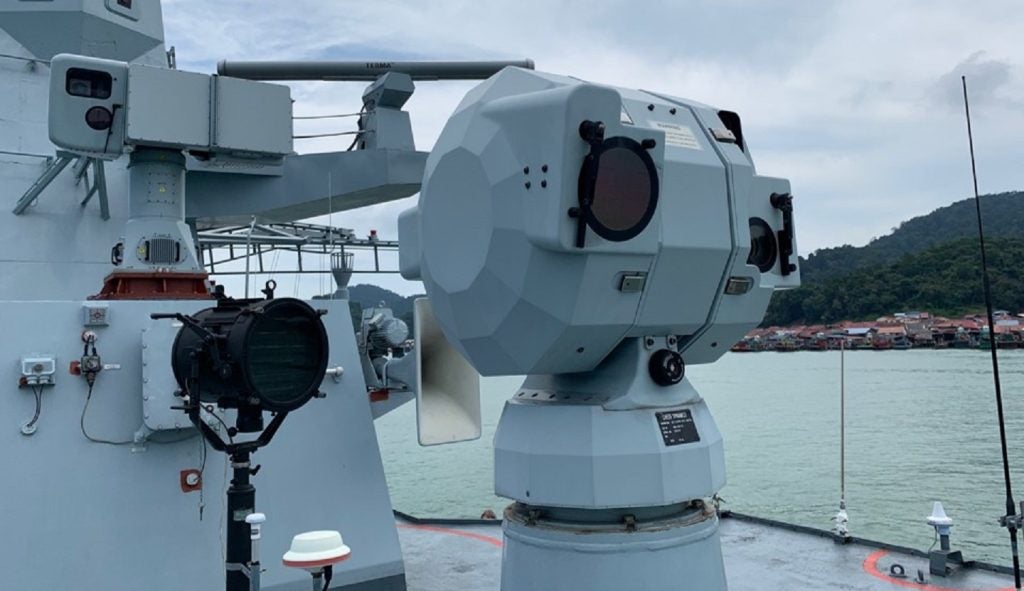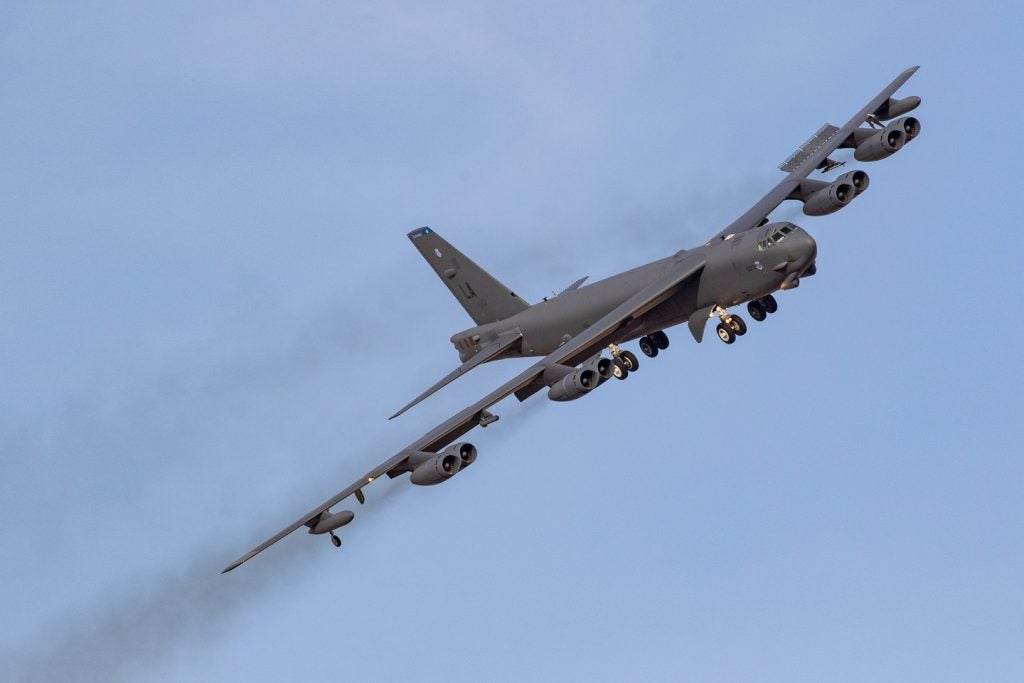The aerospace and defence industry continues to be a hotbed of innovation, with activity driven by the need to lower operational costs, larger consumer trends, and electrification, and growing importance of technologies such as hydrogen and electric aircraft and advanced materials. In the last three years alone, there have been over 174,000 patents filed and granted in the aerospace and defence industry, according to GlobalData’s report on Environment Sustainability in Aerospace, Defence & Security: Collapsible PV modules. Buy the report here.
However, not all innovations are equal and nor do they follow a constant upward trend. Instead, their evolution takes the form of an S-shaped curve that reflects their typical lifecycle from early emergence to accelerating adoption, before finally stabilising and reaching maturity.
Identifying where a particular innovation is on this journey, especially those that are in the emerging and accelerating stages, is essential for understanding their current level of adoption and the likely future trajectory and impact they will have.
180+ innovations will shape the aerospace and defence industry
According to GlobalData’s Technology Foresights, which plots the S-curve for the aerospace and defence industry using innovation intensity models built on over 262,000 patents, there are 180+ innovation areas that will shape the future of the industry.
Within the emerging innovation stage, hydrogen fuel cells, aircraft powertrain controls, and fuel cells for aircrafts are disruptive technologies that are in the early stages of application and should be tracked closely. EV charging stations, hybrid propulsion aircraft engines, and electric aircraft charging interfaces are some of the accelerating innovation areas, where adoption has been steadily increasing. Among maturing innovation areas are fuselage frame modelling and powered wheels for aircraft landing, which are now well established in the industry.
Innovation S-curve for environmental sustainability in the aerospace and defence industry

Collapsible PV modules is a key innovation area in environmental sustainability
For use in aerospace and defence, solar panels are practical portable electric charging solutions for environments in which conventional generation is impractical, such as rugged terrain, or impossible, such as space.
GlobalData’s analysis also uncovers the companies at the forefront of each innovation area and assesses the potential reach and impact of their patenting activity across different applications and geographies. According to GlobalData, there are 10+ companies, spanning technology vendors, established aerospace and defence companies, and up-and-coming start-ups engaged in the development and application of collapsible PV modules.
Key players in collapsible PV modules – a disruptive innovation in the aerospace and defence industry
‘Application diversity’ measures the number of different applications identified for each relevant patent and broadly splits companies into either ‘niche’ or ‘diversified’ innovators.
‘Geographic reach’ refers to the number of different countries each relevant patent is registered in and reflects the breadth of geographic application intended, ranging from ‘global’ to ‘local’.
Patent volumes related to collapsible PV modules
| Company | Total patents (2021 - 2023) | Premium intelligence on the world's largest companies |
| Boeing | 28 | Unlock Company Profile |
| TKC | 25 | Unlock Company Profile |
| Thales | 20 | Unlock Company Profile |
| Composite Technology Development | 16 | Unlock Company Profile |
| Redwire | 13 | Unlock Company Profile |
| Airbus | 12 | Unlock Company Profile |
| Mitsubishi Electric | 9 | Unlock Company Profile |
| HADAL | 6 | Unlock Company Profile |
| Lockheed Martin | 6 | Unlock Company Profile |
| Northrop Grumman | 6 | Unlock Company Profile |
| Airbus Defence and Space | 5 | Unlock Company Profile |
Source: GlobalData Patent Analytics
Boeing is one of the leading patent filers in collapsible PV modules. The company is heavily invested in a number of large satellite programmes, including the AMOS-17 (order in 2016 by Tel Aviv-based satellite operator Spacecom), Inmarsat-5, and the 702X. Through its subsidiary, Spectrolabs, the company has delivered over 6.5 million solar panels to around 1,000 spacecraft over the last 65 years. In April 2022, the company announced that it will manufacture, integrate and test approximately 4,000 XTJ Prime solar cells for NASA’s Nancy Grace Roman Space Telescope. Other key patent filers in the aerospace and defence industry include Thales and Redwire. Both are also focused on the development of collapsible PV modules for use in space systems.
In terms of application diversity, Airbus Defense and Space leads the pack. Lockheed Martin and Boeing come in at second and third, respectively. Regarding geographic diversity, TKC held the top spot, whilst HADAL and Airbus followed behind.
Collapsible PV modules have provided a reliable source of electrical power for space systems for many decades, enabling a vibrant and growing space economy to develop. Going forward, advances to collapsible PV modules will increase their efficiency, whilst reducing their size and overall price, making the technology more accessible for a wider range of space firms, from start-ups to primes.
To further understand the key themes and technologies disrupting the aerospace and defence industry, access GlobalData’s latest thematic research report on Defence.
Data Insights
From

The gold standard of business intelligence.
Blending expert knowledge with cutting-edge technology, GlobalData’s unrivalled proprietary data will enable you to decode what’s happening in your market. You can make better informed decisions and gain a future-proof advantage over your competitors.







